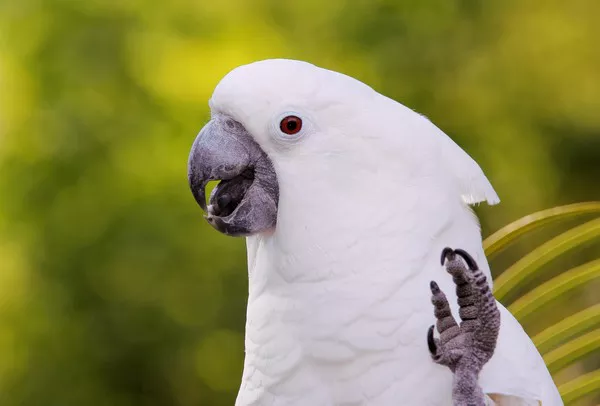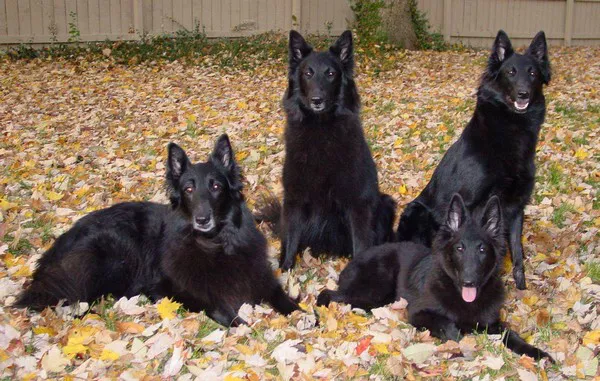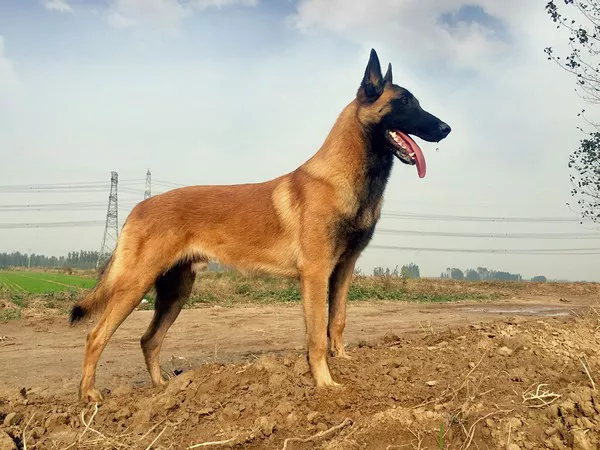The sulcata tortoise, also known as the African spurred tortoise (Centrochelys sulcata), is one of the largest and most distinctive tortoise species. Known for its impressive size, unique shell, and docile nature, the sulcata tortoise has become a popular pet for reptile enthusiasts around the world. However, despite its growing popularity, these tortoises are often associated with high price tags. In this article, we’ll explore the reasons why sulcata tortoises are expensive, focusing on their natural habitat, the costs involved in breeding and care, their longevity, and legal and ethical considerations.
Origin and Natural Habitat
The sulcata tortoise is native to the Saharan region in Africa, specifically the arid regions of southern Algeria, Chad, and Sudan. This large tortoise thrives in hot, dry climates with sparse vegetation. As the third-largest tortoise species in the world, it can grow up to 30 inches (76 cm) in length and weigh as much as 200 pounds (90 kg) in adulthood. The species is adapted to desert life with its thick, scaly skin, a large, domed shell, and powerful legs built for burrowing.
The habitat of the sulcata tortoise plays a critical role in its cost. As a desert species, it requires specific environmental conditions to thrive. This includes high heat, ample space, and specialized housing that replicates the vast, open landscape of their natural environment. To accommodate these needs in a domestic setting requires specialized enclosures and climate control, which can increase the initial cost of owning a sulcata tortoise.
Size and Space Requirements
One of the main reasons sulcata tortoises are expensive is their sheer size. Unlike many other pet tortoises, which stay relatively small throughout their lives, sulcatas grow to massive sizes that require ample space to roam. A fully grown sulcata can easily outgrow a standard terrarium or reptile enclosure, meaning that owners need to provide a large outdoor space or a custom-built indoor enclosure that can accommodate the tortoise’s needs.
Young sulcatas may start off small, but they grow quickly. For a juvenile, you would need at least 8 square feet of space. As they mature, the space requirements increase to at least 100 square feet or more for a full-grown adult. This means that owners may need to invest in outdoor pens or large enclosures, which increases both the initial cost and the long-term upkeep.
Feeding and Nutrition
Feeding a sulcata tortoise is another expense that pet owners should consider. These tortoises are primarily herbivorous, with their diet consisting mainly of grasses, weeds, and various leafy greens. In their natural habitat, they graze on a variety of desert vegetation, but in captivity, they need a carefully planned diet to maintain their health.
A sulcata tortoise requires a high-fiber diet to promote proper digestion and shell growth. Many owners rely on a variety of grass hays such as timothy, meadow, or oat hay, which are high in fiber and low in fat. While these hays are readily available and affordable, they can still be an ongoing cost if owners need to regularly supply them. Additionally, fresh leafy greens like dandelion greens, collard greens, and mustard greens are necessary for a balanced diet. For those who live in colder climates where it is difficult to find such plants, owners may need to grow their own greens or purchase them from specialty suppliers, further driving up the cost of care.
Moreover, providing calcium and vitamin D3 supplements is crucial for their shell health and overall well-being. The lack of these essential nutrients can lead to shell deformities and metabolic bone disease. Over time, this adds another layer of cost in terms of veterinary care, supplements, and appropriate food.
Veterinary Care
While sulcata tortoises are generally hardy creatures, they are not immune to health issues. They can suffer from various ailments such as respiratory infections, shell rot, and gastrointestinal issues. Moreover, since these tortoises live so long—often 50 to 100 years—they may need regular check-ups to ensure they are healthy over their lifespan.
Veterinary care for reptiles, including sulcata tortoises, is often more expensive than for more common pets like cats and dogs. Reptile vets are specialists, and their services typically cost more due to their expertise and the specialized equipment needed to treat exotic species. Regular health checks, especially for young tortoises, are necessary to ensure their growth is on track and that they are not developing any health problems early on.
Additionally, when sulcata tortoises reach maturity, they are prone to specific conditions like pyramiding, which refers to abnormal growth of the shell. This can be costly to treat and manage, requiring the attention of an experienced reptile veterinarian. Therefore, the financial commitment to ensuring a sulcata tortoise remains healthy over its lifetime is a significant factor in its expense.
Longevity and Life Span
One of the key factors contributing to the expense of sulcata tortoises is their remarkable lifespan. On average, these tortoises live anywhere from 50 to 100 years in captivity. This means that purchasing a sulcata tortoise is not just a short-term commitment but a lifelong responsibility. The long lifespan adds both value and cost to owning one.
The tortoise’s long life expectancy requires long-term care planning. The initial setup for the enclosure, food, and medical care costs must be sustained over the years. Furthermore, many owners may not realize the level of care these tortoises need as they mature, which can lead to higher expenses as the tortoise grows larger and requires more space, food, and maintenance. In addition, this longevity means that the tortoise may outlive its owner, which can result in additional costs for rehoming or care arrangements later in life.
Breeding and Availability
The cost of a sulcata tortoise can vary depending on whether it was bred in captivity or wild-caught. While the demand for these animals has grown in recent years, wild-caught sulcatas are less common in the market today due to international conservation efforts and laws protecting wildlife. The majority of sulcata tortoises sold as pets are bred in captivity, which requires specialized knowledge and facilities.
Breeding sulcata tortoises is not a simple task. These tortoises require specific environmental conditions to breed successfully, including proper temperature, humidity, and space. The process of raising tortoises in captivity is labor-intensive, and the breeders must ensure the health of the hatchlings before they are sold. This process increases the cost of breeding and contributes to the higher prices of captive-bred sulcata tortoises.
Moreover, the demand for these tortoises has made them relatively expensive on the market. With limited breeders and a long incubation period (about 120 days), the cost of producing and raising sulcata tortoises is passed down to the consumers. This is particularly true for tortoises that have been carefully bred and raised under optimal conditions, ensuring that they are healthy and genetically robust.
Legal and Ethical Considerations
In addition to the physical costs of owning a sulcata tortoise, there are also legal and ethical considerations that can affect their price. In many countries, including the United States, laws have been established to protect native species from the illegal pet trade. The Convention on International Trade in Endangered Species of Wild Fauna and Flora (CITES) has imposed restrictions on the trade of certain tortoise species, including the sulcata tortoise, to prevent over-exploitation and ensure the survival of the species in the wild.
While sulcata tortoises are not currently listed as endangered, their status is still monitored closely due to habitat loss and the illegal pet trade. As a result, breeders must comply with regulations that ensure they are breeding and selling tortoises in an ethical and legal manner. This adds to the cost of obtaining a sulcata tortoise, as breeders must follow strict guidelines and secure necessary permits.
Ethical concerns also come into play when purchasing a sulcata tortoise. Captive breeding programs that prioritize animal welfare and environmental sustainability can help ensure that these tortoises are being cared for properly. However, some breeders or sellers may not adhere to these ethical standards, leading to concerns over the treatment of the animals and their long-term health.
Conclusion
In summary, the sulcata tortoise is an expensive pet due to a combination of factors, including its large size, specialized care needs, longevity, and the cost of breeding and legal considerations. These tortoises require large enclosures, a carefully planned diet, and specialized veterinary care throughout their long lives. Additionally, the scarcity of ethical, captive-bred sulcatas, and the legal protections in place to preserve their natural habitat, contribute to the high price tag associated with these remarkable animals.
Before deciding to adopt a sulcata tortoise, potential pet owners must carefully consider the time, space, and financial commitment required. With proper care, however, these fascinating creatures can be a rewarding companion for those willing to invest in their well-being and long-term happiness.
Related Topics:



















